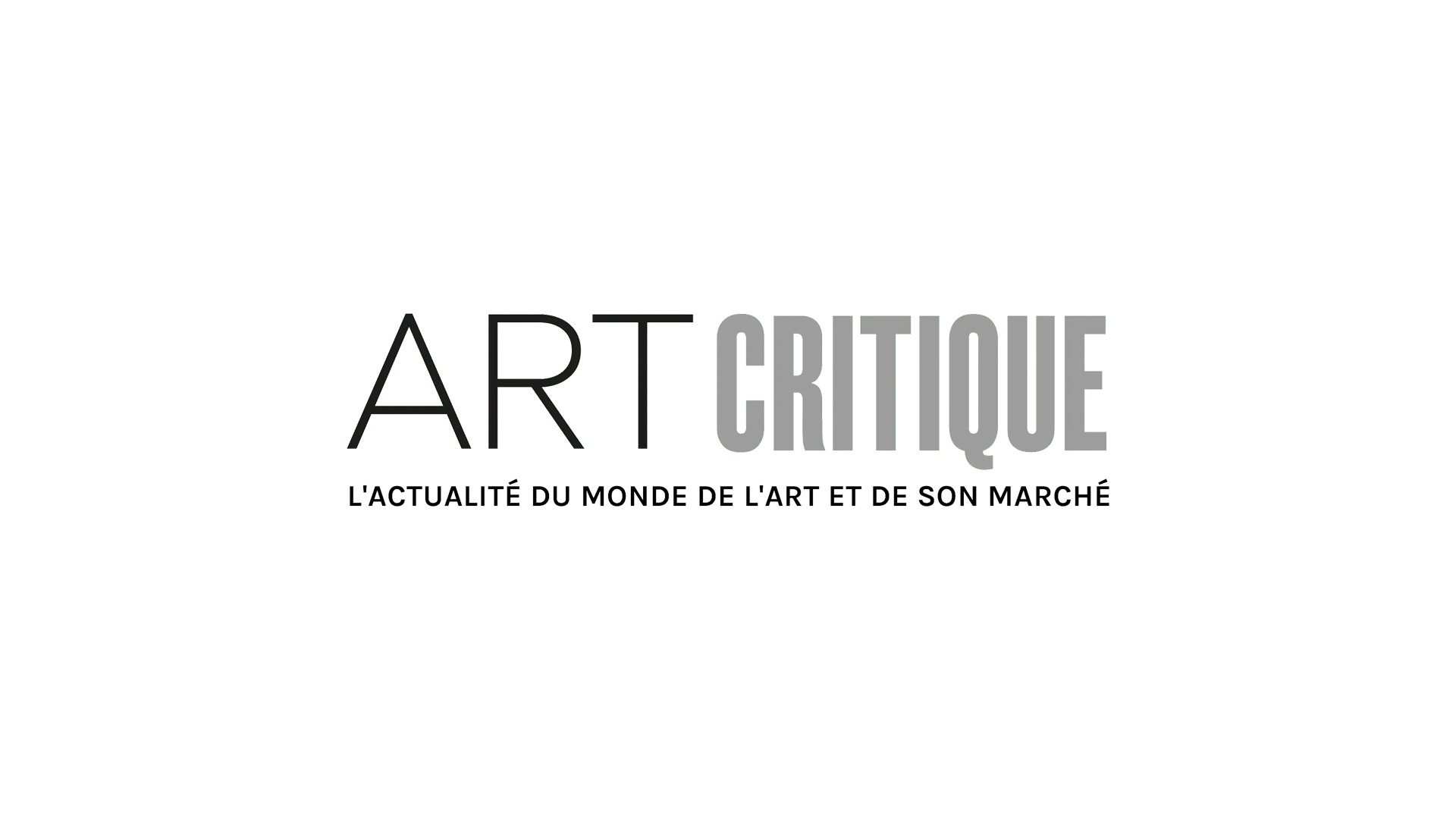An equestrian statue of Theodore Roosevelt, the US’s 26th president, has stood outside of the American Museum of Natural History (AMNH) in New York City for 80 years. Depicting Roosevelt, atop his horse, flanked by an African man and a Native American man walking on either side, the statue puts the men in an obvious hierarchical order. Last year, the museum put out a call to the public asking for their input on how the museum should handle the statue. Now, after ongoing protests responding to the killing of George Floyd at the hands of Minneapolis police, the museum has announced that they will be removing the monument.
The statue was created in order to commemorate Roosevelt and his dedication to natural history. Commissioned in 1925, it was not placed in front of the museum’s West entrance until 1940 but its hierarchical nature, which quite literally puts a white man above a Black (meant to symbolise Africa) and Indigenous man (meant to symbolise America), has many times called the statue’s purpose and message into question. In 2017, the statue was one of three across the city to be considered for removal by the Mayoral Advisory Commission on City Art. Ultimately, the Commission was unable to agree upon the fate of the statue so it remained upon its plinth.
When the Commission was unable to offer guidance, the AMNH launched an exhibition and initiative called “Addressing the Statue” through which the museum asked for the public’s input. A June 21st memo to staff acknowledged the progress made by “Addressing the Statue” but explained that the statue would be removed. “We are proud of that work, which helped advance our and the public’s understanding of the Statue and its history and promoted dialogue about important issues of race and cultural representation,” read the memo, “but in the current moment, it is abundantly clear that this approach is not sufficient.”
“Over the last few weeks, our museum community has been profoundly moved by the ever-widening movement for racial justice that has emerged after the killing of George Floyd,” said Ellen Futter, president of the AMNH, in an interview with The New York Times explaining the timing of the museum’s decision. “We have watched as the attention of the world and the country has increasingly turned to statues as powerful and hurtful symbols of systemic racism.”
The great-grandson of Roosevelt, Theodore Roosevelt IV, issued his support for the museum’s actions in the memo. Currently serving as a trustee for the AMNH – the Roosevelt family continues to have strong ties to the institution – Theodore Roosevelt IV said: “The world does not need statues, relics of another age, that reflect neither the values of the person they intend to honor nor the values of equality and justice. The composition of the Equestrian Statue does not reflect Theodore Roosevelt’s legacy. It is time to move the Statue and move forward.”
The museum will remain the official memorial site to Roosevelt for the state of New York. Futter stressed that the decision was based on the “hierarchical composition” of the statue and not on Roosevelt, who the museum upholds as “a pioneering conservationist.” However, Roosevelt, himself, has been criticised for his role in the Spanish-American war as well as his views on race. During a 2016 demonstration that called for the removal of the statue, activists stated that the statue was “[a] stark embodiment of the white supremacy that Roosevelt himself espoused and promoted.”
The museum’s request received support from New York City mayor Bill de Blasio, who stated that the decision was “the right” one at “the right time.” The announcement of the statue’s removal comes after many other statues and monuments, in the US and elsewhere, have received renewed attention for their role in perpetuating histories that marginalise and suppress BIPOC (Black, Indigenous, and People of Colour). The question of what to do with problematic and controversial statues looms larger than ever now, and though the AMNH has made this step, it is in no way the last one they, and other museums, will need to make.





